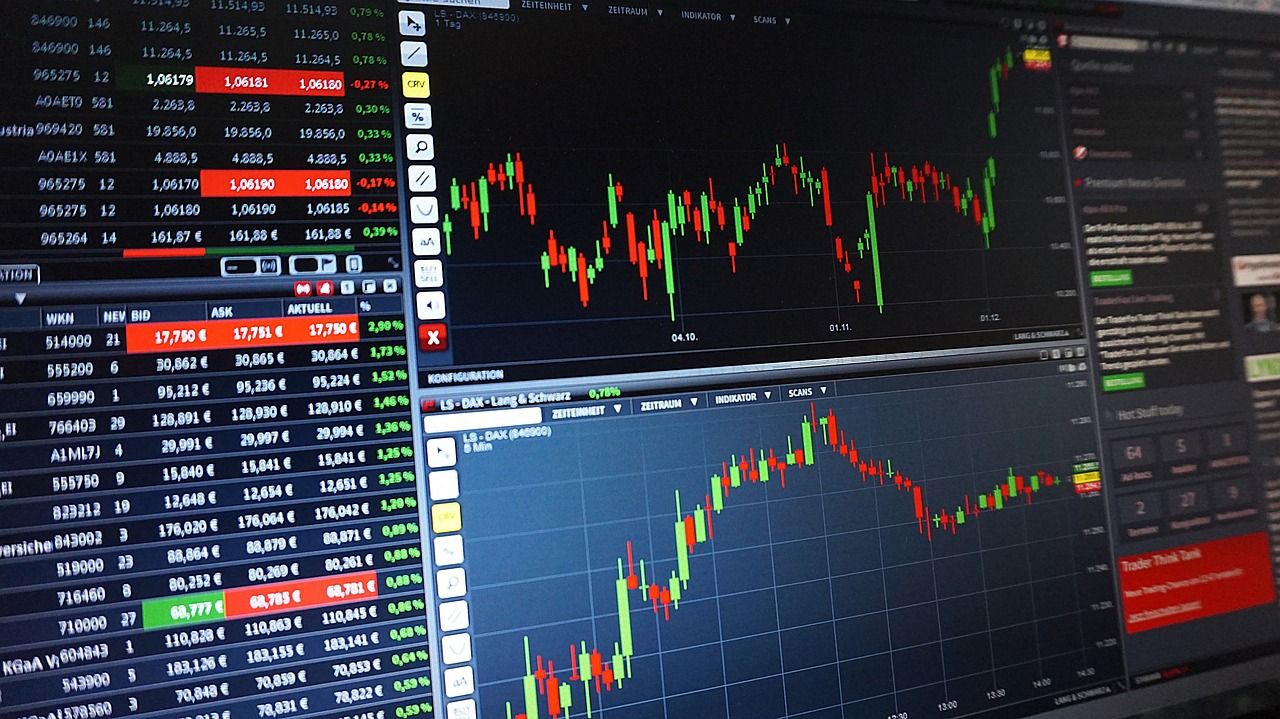Market News
How to calculate profit on options trades?

4 min read | Updated on July 19, 2024, 20:56 IST
SUMMARY
The price of an option is derived from the intrinsic value and extrinsic value. The intrinsic value is the difference between the underlying price and the strike price. When you buy an option that is at-the-money (ATM) or out-of-the-money (OTM), there will be no intrinsic value.

Despite the sharp fall, the higher high and higher low structure of the Nifty50 remains intact on the daily chart.
From time-to-time, we either receive great questions or see interesting ones asked online in various forums. Instead of only replying 1:1, we will start sharing the most relevant insights here.
If the contract hasn't expired, you will look at the current bid price of the call (to sell to close the long call) to help determine your profit. The potential profit is lot size x (current bid price per contract - price you paid per contract) less transaction costs.
The price of an option is derived from the intrinsic value and extrinsic value. The intrinsic value is the difference between the underlying price and the strike price. When you buy an option that is at-the-money (ATM) or out-of-the-money (OTM), there will be no intrinsic value. Since ATM and OTM contracts have a price despite no intrinsic value, you are paying for extrinsic value - or the time value associated with the option and the volatility of the underlying. The more time until expiry, the higher the time value portion of extrinsic value. The higher the volatility of the underlying, the higher the volatility portion of extrinsic value. On expiration, extrinsic value goes to 0. The only value is intrinsic value.
For long calls: If the underlying is above the strike price on expiration, the profit is the underlying price on expiry – strike price – premium paid per contract. If the underlying is at or below the strike price on expiration, the option has no value so your loss is the premium paid to buy the call option. You would multiply this profit by the lot size and also subtract any transaction costs. As a reminder, the max gain for a call option is theoretically unlimited and the max loss is capped at the price to buy the call option.
For long puts: If the underlying is below the strike price on expiration, the profit is calculated as the strike price – the underlying price on expiry – premium paid per contract. If the underlying is at or above the strike price on expiration, the option is worthless and your loss is the premium paid to purchase the put option. The max gain for a put option is the value of the underlying and the max loss is capped at the price to buy the put option.
Let’s walk through an example with a few different possible scenarios. The Nifty Bank is trading at 45,082.40. You decide to purchase a call option expiring in one-week with a strike price of 45000 at a price of ₹656.00.
Nifty Bank is trading at 46,000 on expiry: Your profit is ₹344.00
- P&L Formula: Max (0, Underlying Price – Strike Price) – Premium
- P&L Calculation: Max (0, 46,000 – 45000 – 656.00) = ₹344.00
Nifty Bank is trading at 45,500 on expiry: Your loss is -₹156.00
- P&L Formula: Max (0, Underlying Price – Strike Price) – Premium
- P&L Calculation: Max (0, 45,500 – 45,000 – 656.00) = -₹156.00
Nifty Bank is trading at 44,500 on expiry: Your loss is -₹656.00
- P&L Formula: Max (0, Underlying Price – Strike Price) – Premium
- P&L Calculation: Max(0, 44,500 – 45000 – 656.00) = -₹656.00
In summary, before expiration, your P&L behaves similar to trading stocks. You can look at the current market price for the option to see what you could sell that option contract for. One expiration, options are no longer traded and the profit, if it exists, is the intrinsic value of the option less the cost to buy the option and any transaction fees.
About The Author
Next Story

